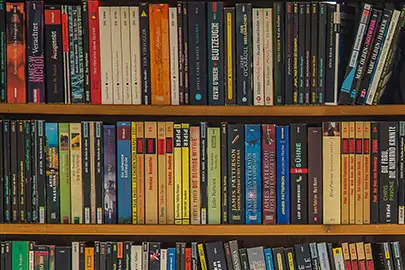

Especially if you’re grappling with a complicated text, the ability to quickly backtrack and re-examine the material may aid learning, and this is likely easier to do while reading than while listening. It’s not so easy if you’re listening to a recording, Daniel says. If you’re reading, it’s pretty easy to go back and find the point at which you zoned out.

Seconds (or minutes) can pass before we snap out of these little mental sojourns and refocus our attention, says David Daniel, a professor of psychology at James Madison University and a member of a National Academy of Sciences project aimed at understanding how people learn.

“But it’s more trouble,” he adds.Īnother consideration is that whether we’re reading or listening to a text, our minds occasionally wander. Theoretically, you can also pause or jump back while listening to an audio file. “Even as you’re asking, you’re going over in your mind’s ear what the speaker just said,” he says. “This happens very quickly, and it’s sort of seamlessly stitched into the process of reading a sentence.” He says this reading quirk almost certainly bolsters comprehension, and it may be roughly comparable to a listener asking for a speaker to “hold on” or repeat something. “About 10 to 15% of eye movements during reading are actually regressive-meaning going back and re-checking,” Willingham explains. The self-directed rhythms associated with reading may also differentiate books from audiobooks. If you don't get the confirmation within 10 minutes, please check your spam folder. Click the link to confirm your subscription and begin receiving our newsletters. book debate because, like digital screens, audiobooks deny users the spatial cues they would use while reading from printed text.įor your security, we've sent a confirmation email to the address you entered. All this may be relevant to the audiobook vs. The fact that printed text is anchored to a specific location on a page also seems to help people remember it better than screen-based text, according to more research on the spatial attributes of traditional printed media. While e-readers try to replicate this by telling you how much of a book you have left, in a percentage or length of time to the end, this doesn’t seem to have the same narrative-orienting effect as reading from a traditional book. “As you’re reading a narrative, the sequence of events is important, and knowing where you are in a book helps you build that arc of narrative,” says Daniel Willingham, a professor of psychology at the University of Virginia and author of Raising Kids Who Read. If you’re wondering why printed books may be better than screen-based reading, it may have to do with your inability to gauge where you are in an electronic book.


 0 kommentar(er)
0 kommentar(er)
